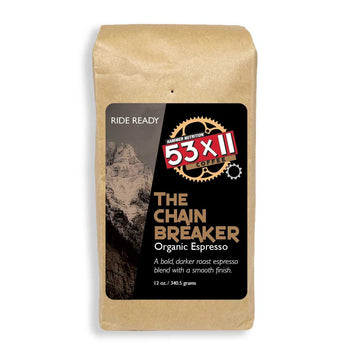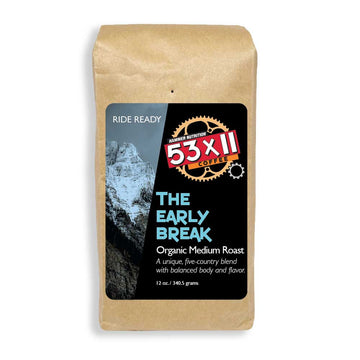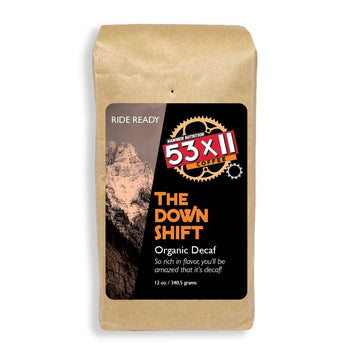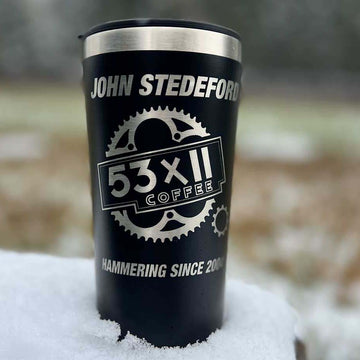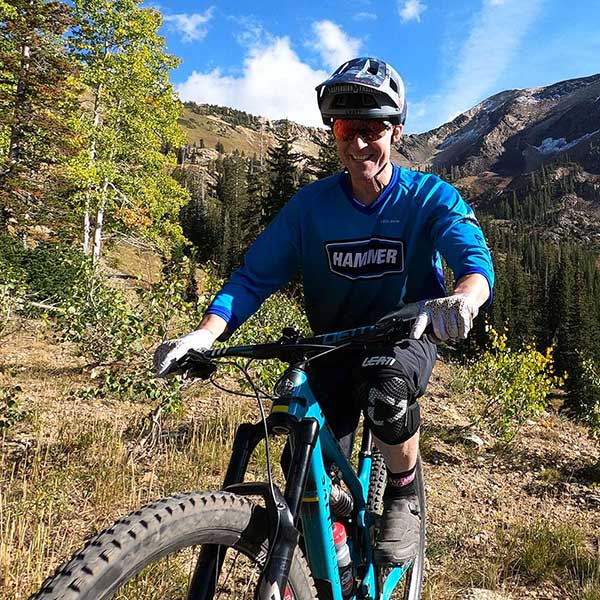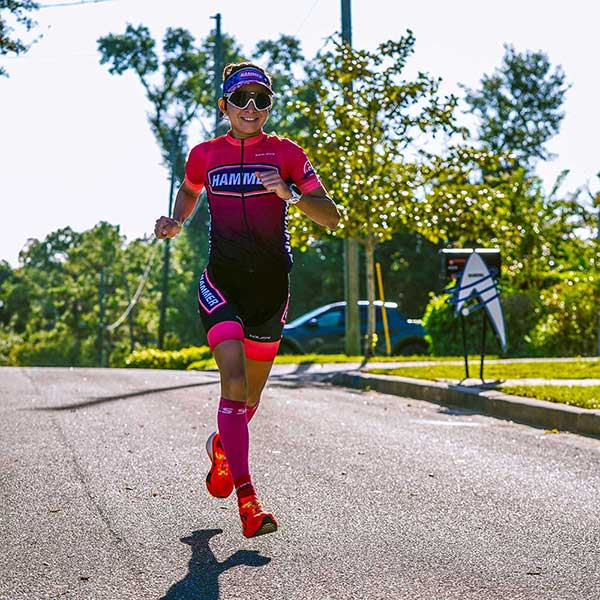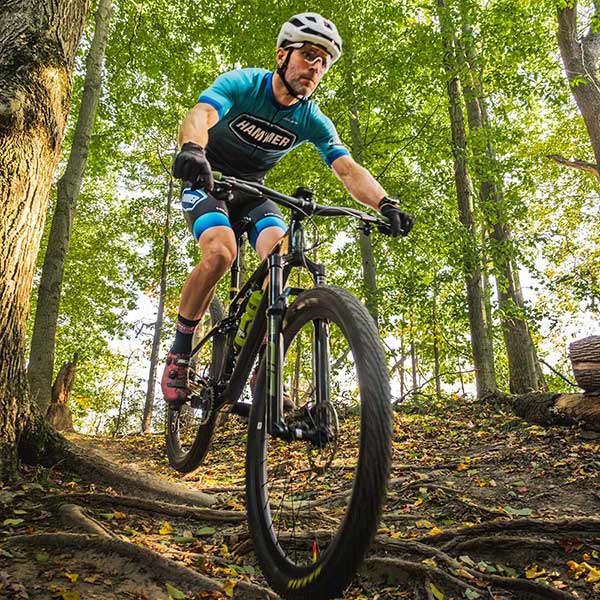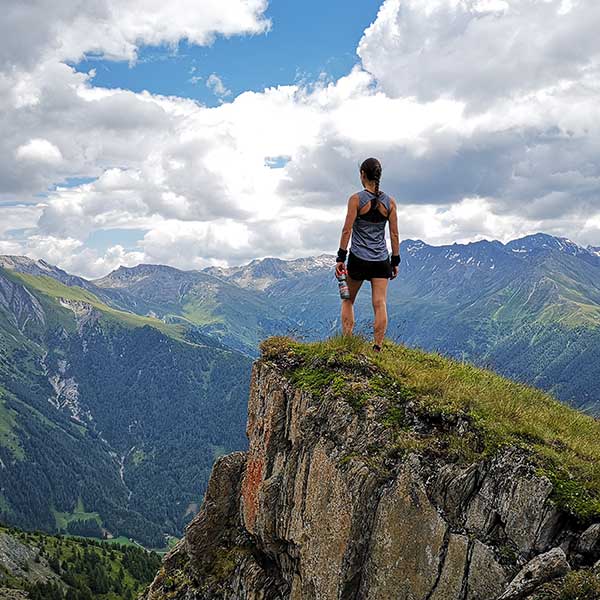53x11 Organic Coffee
Welcome to 53x11 Coffee, where ardent coffee lovers meet amazing coffee. Originally created by cyclists, for cyclists, 53x11 Coffee today is dedicated purely to delivering the best cup of organic, fair-trade coffee in the world.
We utilize only sustainable organic, pesticide-free farms, and support trade wages and direct purchasing to give more to those growing the beans.
Related categories: All Clothing | Gear | Body Care | Clearance
Sorted by: Top Sellers


